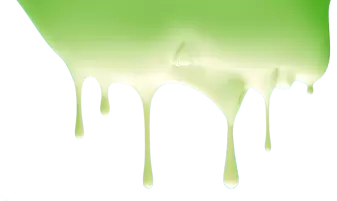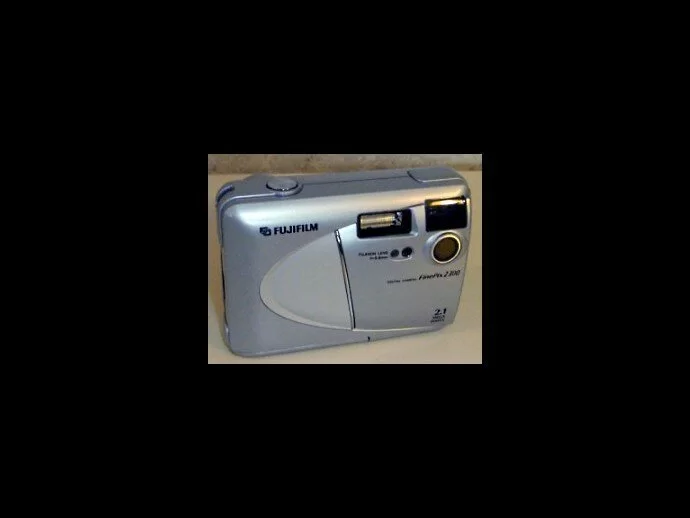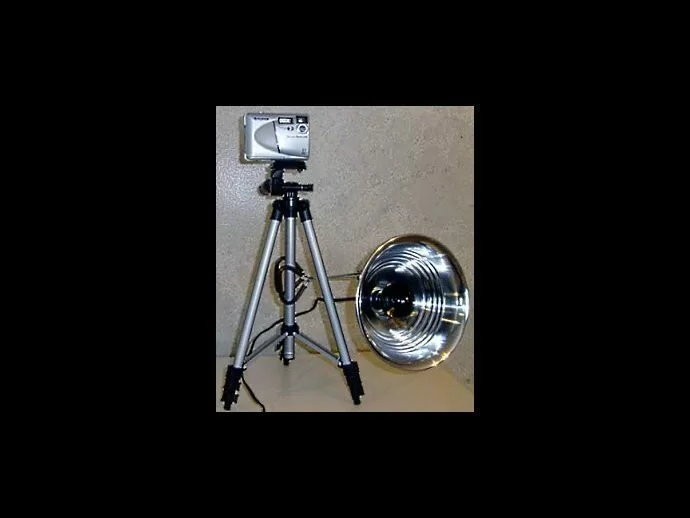How to make and use a simple ghost hunting camera...
Digital cameras are affordable, easy to use, inexpensive to capture a large quantity of photos, plus allow for almost instantaneous examination of images. However, many people who are ghost hunting do not know how to use their camera properly which results in photographs containing dust orbs, orange haze and a wide array of light anomalies that are not ghosts at all.
Having demonstrated that most orbs found in pictures are actually caused by dust in front of the lens reflecting the camera's flash, we also showed how using digital cameras' night time settings create many of the hazy, blurry, and light anomaly-filled photographs people believe are ghosts. So, we conceptualized how you can make and use a ghost hunting camera that should not capture dust orbs. Plus, we'll show you how to eliminate blurs, orange haze, and light anomalies by using an Infrared Illuminator.
A good ghost hunting camera will not be able to easily record false orbs. To do this, we needed to alter our ghost hunting camera so it would be more sensitive to the Infrared spectrum. Most digital cameras contain an IR-cut filter which blocks out part of the Near-Infrared spectrum. By simply removing this piece of glass, we expanded the ability of our ghost hunting camera to be able to see between 340 nm (ultraviolet light) and 1200 nm. This allowed the camera to see approximately 500 nm more within the IR spectrum. (To learn more about how to do this, read: Camera That Sees Ghosts.)
When operating the camera, we do not want to use a flash unit. It is the flash that can illuminate dust particles, so it was important to make our camera more sensitive to low-light environments in order to reduce or eliminate false orbs. Instead of using the camera's flash, we prefer to use an (IR) Infrared illuminator. Our illuminator is inexpensive and a simple black-light bulb mounted in a clamp light shroud. This fixture can be found at most hardware stores for cheap. See: Full Spectrum Lighting for a cool, inexpensive lighting set-up that works very well.
Benefits of Our Ghost Hunting Camera Experiment
Not only did we want to eliminate orbs but the IR capabilities (similar to some video camcorders) expanded the range of the camera's vision, potentially allowing for a better chance at capturing ghostly phenomena. See: Ghost Hunting Cameras.
Our digital camera for this experiment was an old, discarded 2.1 megapixel Fuji Finepix 2300. The IR-cut filter came off with some prying. It is likely that other digital cameras can be altered just with a little patience and skill.
Once you have made your digital, ghost hunting camera and picked up a tripod, black-light bulb and clamp light, you are ready to experiment with shooting ghost photographs in dark or low-light environments. The following article will explain how to properly use your new ghost hunting camera: Photographing Ghosts.
Related Ghost Hunting Camera Articles:
Ghost Pictures and Exif Data
Dust Orbs
Dust Orb Video
Get Rid of Dust Orbs
Ghost Photography




